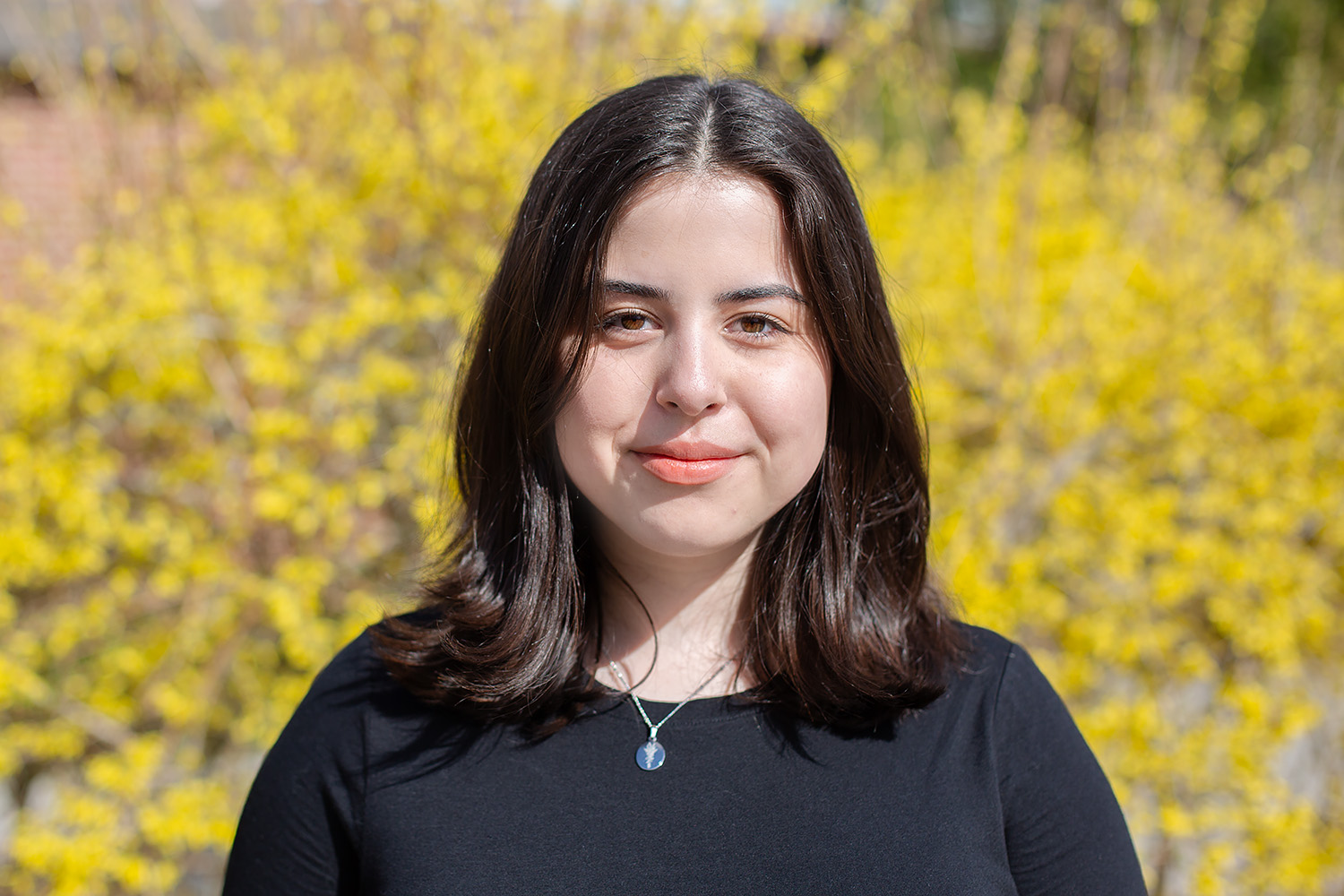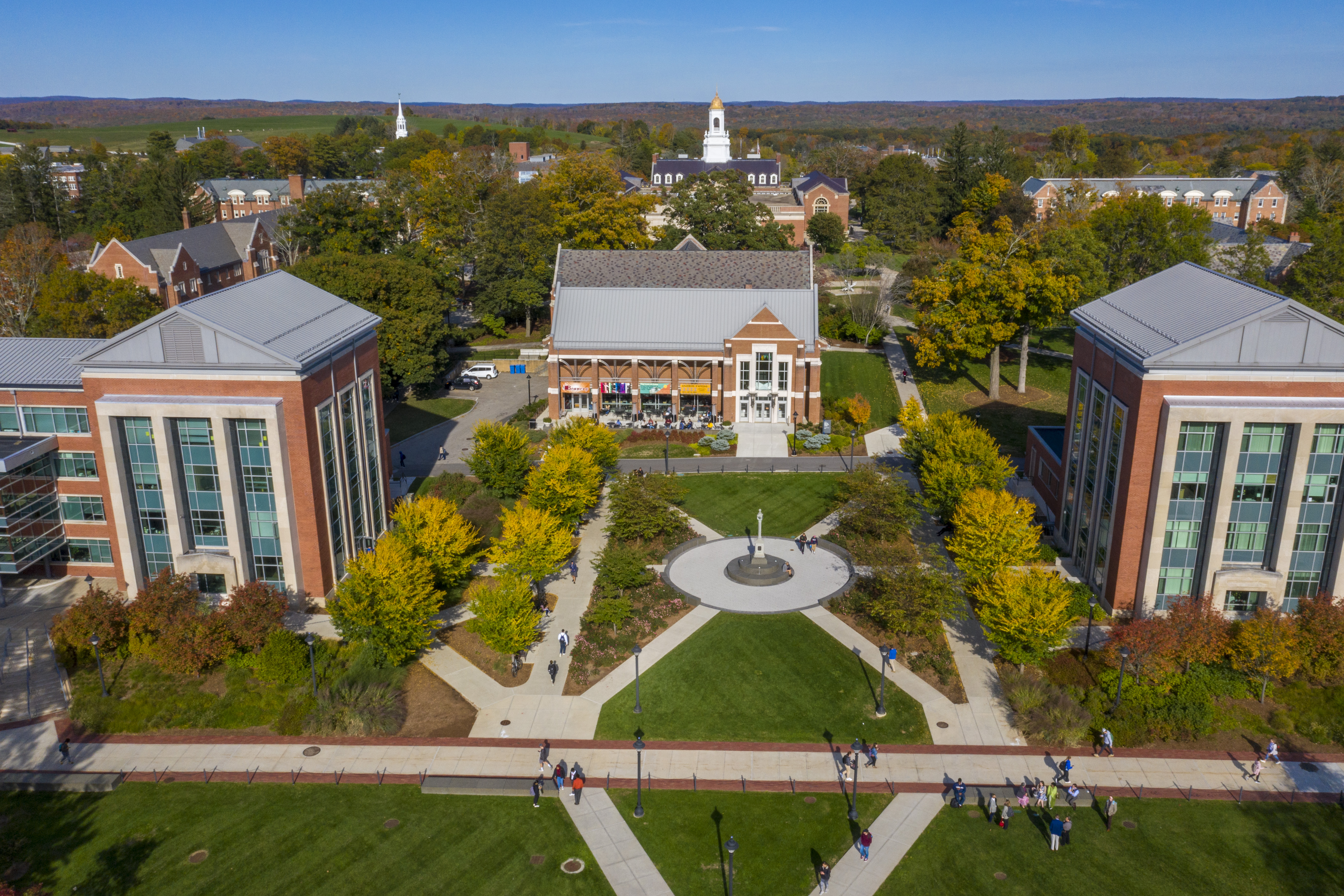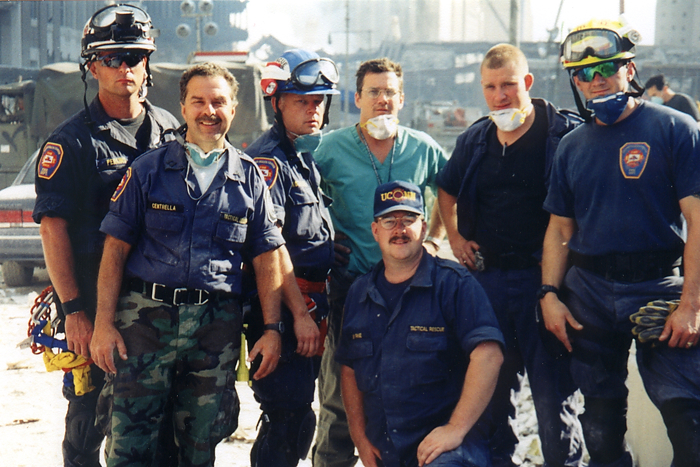
On the 10th anniversary of the ghastliest terror attack in America, the wrenching memories will always be there. To perhaps balance out the worst of humanity, however, are inspiring stories of the scores of people who stepped up to lend a helping hand.
Members of the Health Center’s fire department and emergency services tactical rescue team, volunteered to travel to New York City that day. Dr. Robert Fuller, head of the emergency department, Greg Priest, deputy chief of the Fire Department, and Daryl Byrne, captain and a shift commander of the Fire Department, went with five other team members to provide medical care and technical rescue assistance in the aftermath of the attack. The team is specially trained to assist in disaster situations and was organized by then Deputy Chief Carmine Centrella after the 1998 shootings at the Connecticut Lottery headquarters,
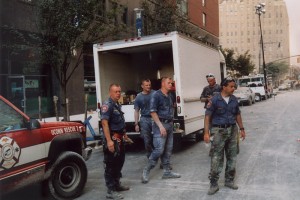
“We really didn’t know what we would be faced with,” Fuller recalls. “It was a little eerie driving to New York on the usual roads. Lighted signs that normally reported on the traffic read ‘New York City closed.’ We drove up through the various checkpoints and were waved right to the site of the World Trade Center. There was actually an airplane engine in front of where we parked.”
The team was put right to work and helped with one of the last live rescues, someone who was buried in the rubble. They stayed until the next day, assisting with the search for survivors. But for a team prepared to treat injured people in the field, there weren’t many injured left to find. The horrific fact was that anyone who had been in the vicinity when the towers fell did not survive.
“The impact of that day was a humbling experience,” Byrne says. “I never thought I’d be at a site like that, at such a huge disaster. To actually be there to experience the dust, the odors – it stays with you. I remember the day after we arrived, when some New York Fire Department equipment was being recovered from the rubble. We were sitting among the destroyed equipment and I was thinking about the guys who had been using it.”
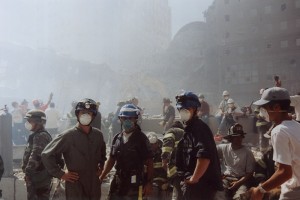
Priest echoes the feelings of many of the responders, that their experience that day has made a profound impact on them. “It comes back to you from time to time in subtle ways,” he says. “I remember seeing handwriting in one of the buildings we were in that said, ‘Firefighter John Napolitano, I love you. We’re looking for you. Love Dad.’ You absolutely have the sense that things in your life change when you’ve seen something like that.”
Although the three men feel as if their contribution pales in comparison to the heroic efforts of others, the fact remains that they stepped up to use their skills and training in a time of uncertain personal safety but heartbreaking need. They were among many heroes that day, from those who risked their lives to save others to their coworkers at the Health Center who covered for them so they could go to New York.
“It’s the kind of experience that makes you stronger,” says Fuller, who later would respond to help survivors of the 2004 tsunami in Indonesia and the 2010 earthquake in Haiti. “It also makes you feel small. Everybody on our team was affected by what we saw. But an experience like that does make you appreciate life more. It’s a big reminder of where we fit in the world, and that life is fragile.”
For more UConn Health Center news and information, follow us on Facebook, Twitter and YouTube.

